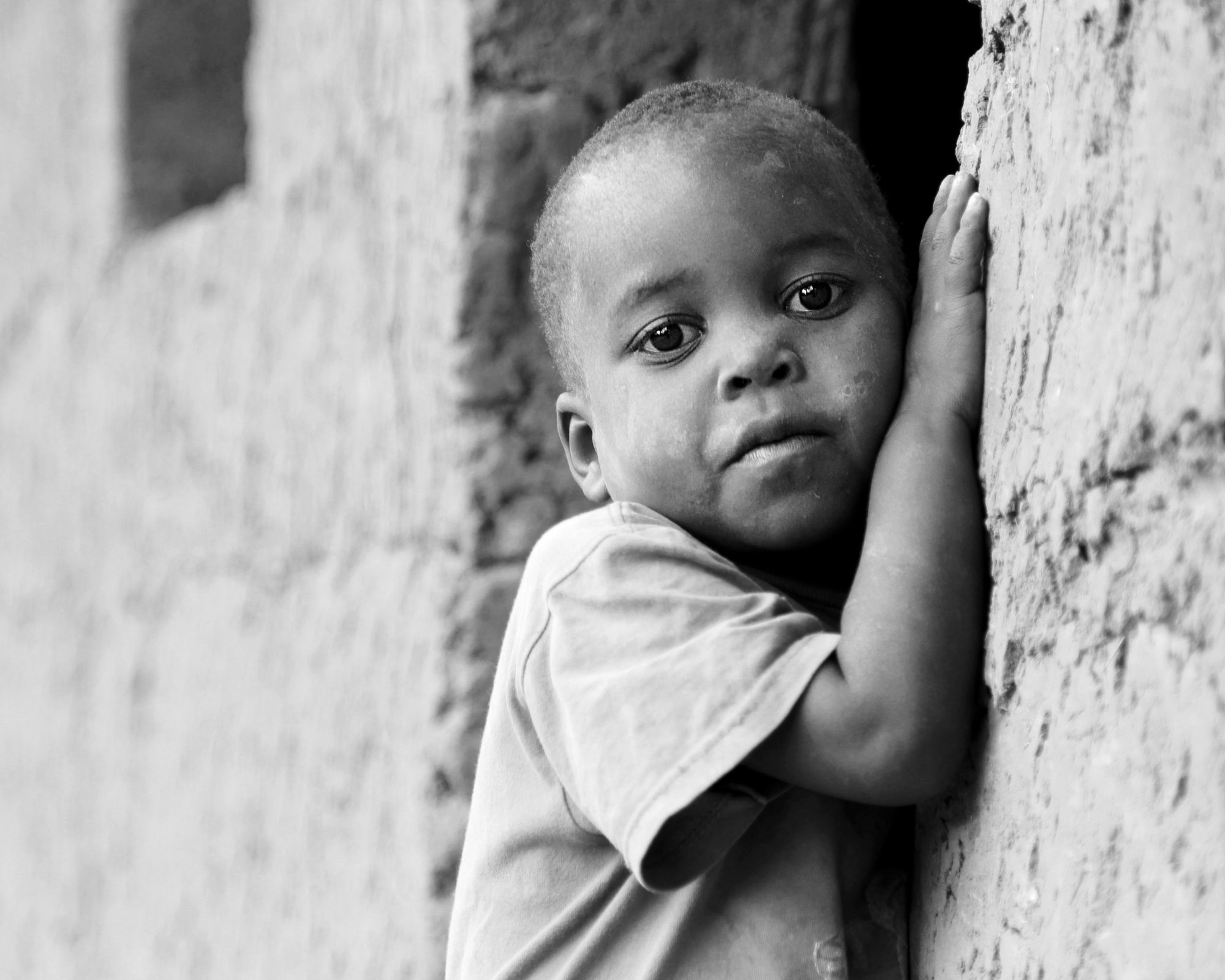Summary:
-
Over 11 million children need humanitarian aid after eight gruesome years of conflict, and many of their families suffer from severe malnutrition.
-
Almost 2.3 million children have been uprooted between March 2015 and November 2022; 11,000 have died or suffered severe injuries, the combatants have recruited over 4,000, and more than 900 educational and medical facilities have been attacked or used for illegal military purposes.
-
“Hope not to fear, “To continue providing Yemeni children with life-saving humanitarian aid in 2023, UNICEF urgently needs $484 million.
-
If funds are not forthcoming, UNICEF may have to reduce the amount of support it provides.
-
Despite persisting difficulties, UNICEF was able to in 2022:Address severe acute malnutrition in 34 therapeutic feeding centres and 4,584 primary healthcare facilities for more than 375,000 youngsters.
Over 11 million children need humanitarian aid after eight gruesome years of conflict, and many of their families suffer from severe malnutrition.
According to the agency’s representative Peter Hawkins, “the lives of millions of vulnerable children in Yemen remain at risk due to the almost unfathomable, horrific repercussions of the crushing, continuous war.”
“UNICEF has been here for the past eight years and before, providing urgently needed support, but we can only do so much to help the children and families affected without a durable peace.”
A never-ending circle of despair
Yemen’s humanitarian crisis began in 2015, when Houthi militants and the forces of the internationally recognized Government engaged in combat, splitting the nation, forcing millions of people to flee, and destroying crucial infrastructure and services.
Despite a protracted ceasefire and recent advancements toward peace, a tragic convergence of compounding factors—eight years of bloody conflict, the collapse of the economy, and a broken social support system—has taken place, depriving the most vulnerable of essential services.
Almost 2.3 million children have been uprooted between March 2015 and November 2022; 11,000 have died or suffered severe injuries, the combatants have recruited over 4,000, and more than 900 educational and medical facilities have been attacked or used for illegal military purposes. According to UNICEF, the actual toll is probably significantly higher, even though these numbers are validated.
Mr Hawkins states, “after eight years, many kids and families feel locked in a never-ending cycle of despondency.” “After recently visiting a family who had been homeless for more than seven years, you realize that, for far too many families, just the children’s looks have changed regarding their circumstances.
Children have limited experience with peace; therefore, giving them some hope for a peaceful future is vitally essential.
“Hope not to fear,”
To continue providing Yemeni children with life-saving humanitarian aid in 2023, UNICEF urgently needs $484 million. If funds are not forthcoming, UNICEF may have to reduce the amount of support it provides.
Mr Hawkins states, “the children of Yemen should be able to look to the future with hope, not fear.” “We call on all parties to support us in bringing that hope to the Yemeni people by committing to them and saving a nation and a tired populace from certain destruction.”
Millions of Yemenis are reached.
Despite persisting difficulties, UNICEF was able to in 2022:
- Address severe acute malnutrition in 34 therapeutic feeding centres and 4,584 primary healthcare facilities for more than 375,000 youngsters.
- Provide 9 million people with financial transfers for emergencies.
- 6.2 million people should have access to reliable drinking water and the necessary fuel to help 36 local water and sanitation businesses in 15 governorates produce and distribute clean water.
- Provide measles and polio immunizations to more than 2.1 million kids.
- Provide mine risk education for more than 5.2 million kids and community members and psychosocial treatment for more than 478,000 kids and caregivers in conflict-affected areas.
- More than 2.7 million people who live in far-flung rural areas without access to public healthcare facilities should be helped.
- Support for 24 hospitals’ mother, infant, and child health programs.
- Expand malnutrition services at 288 mobile teams and 4,500 stationary outpatient therapy program centres.
- More than 538,800 kids with individualized learning resources so they can continue their education.

